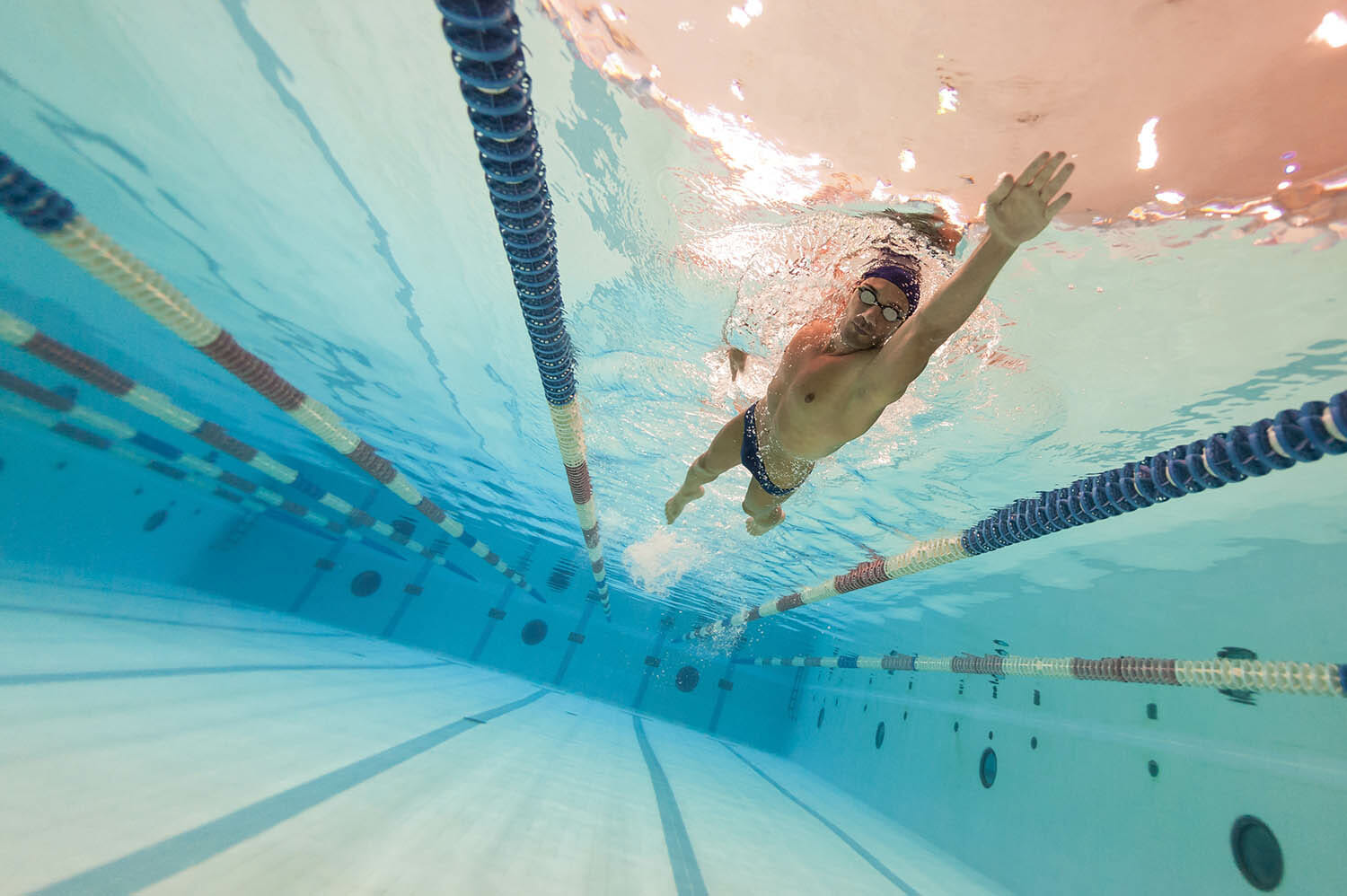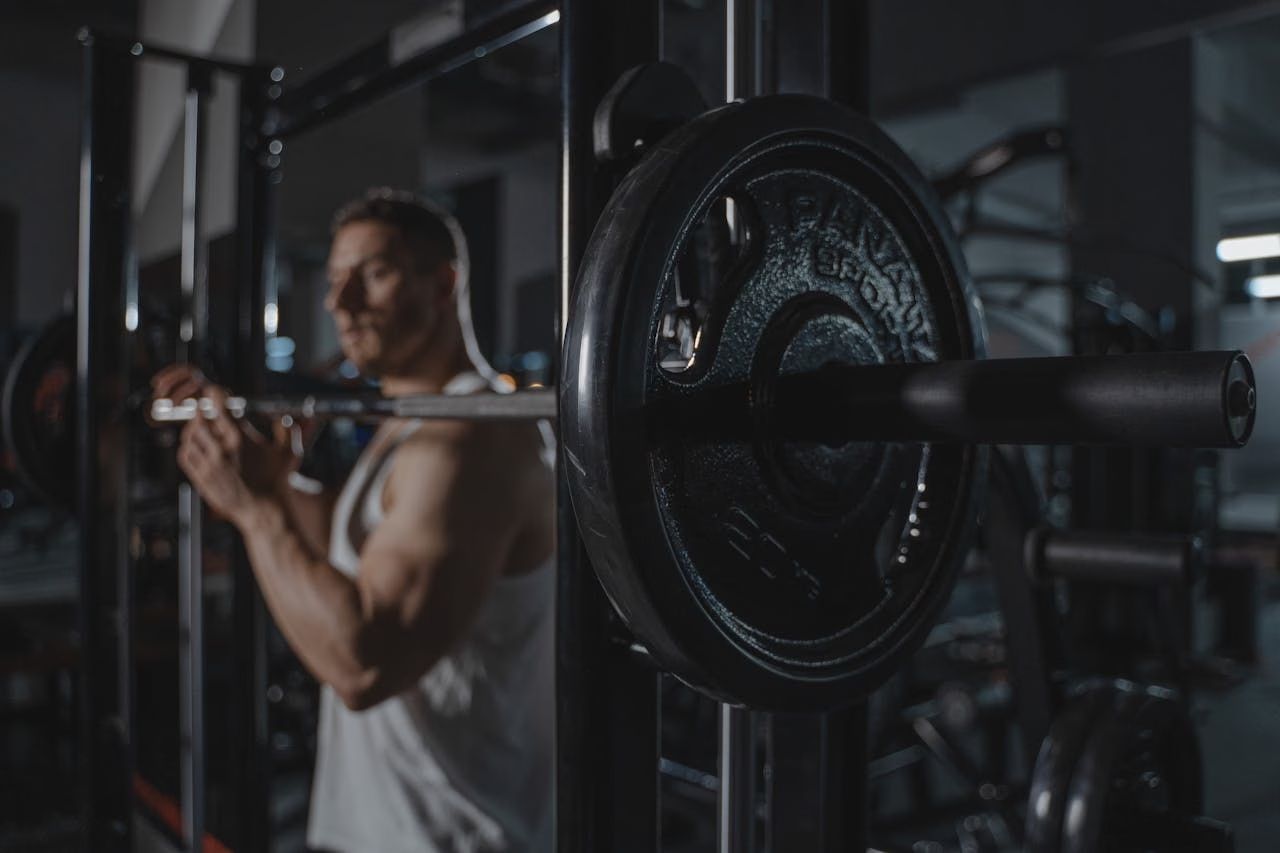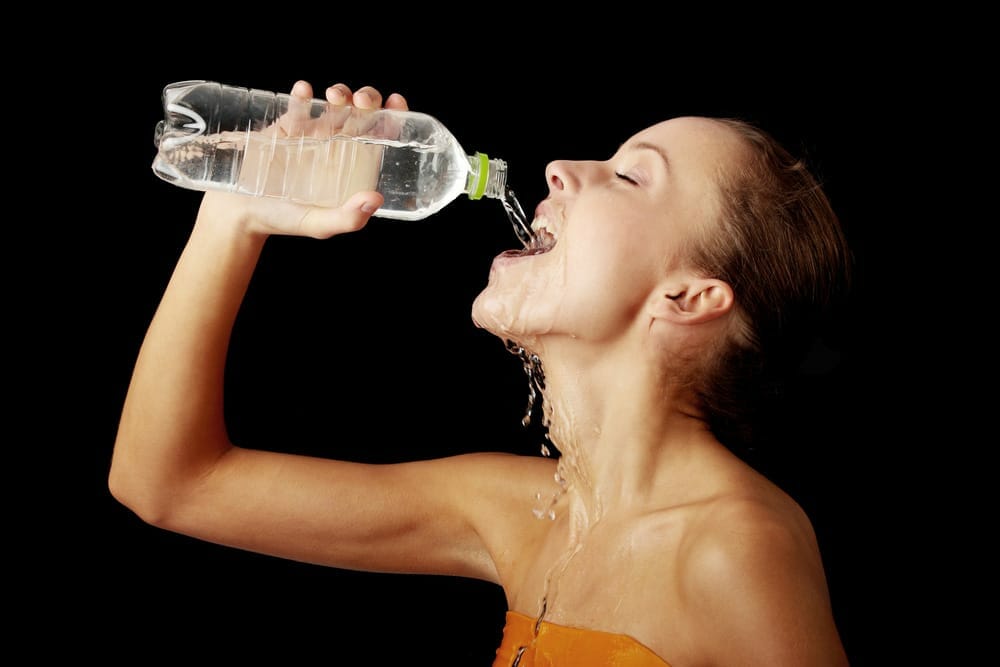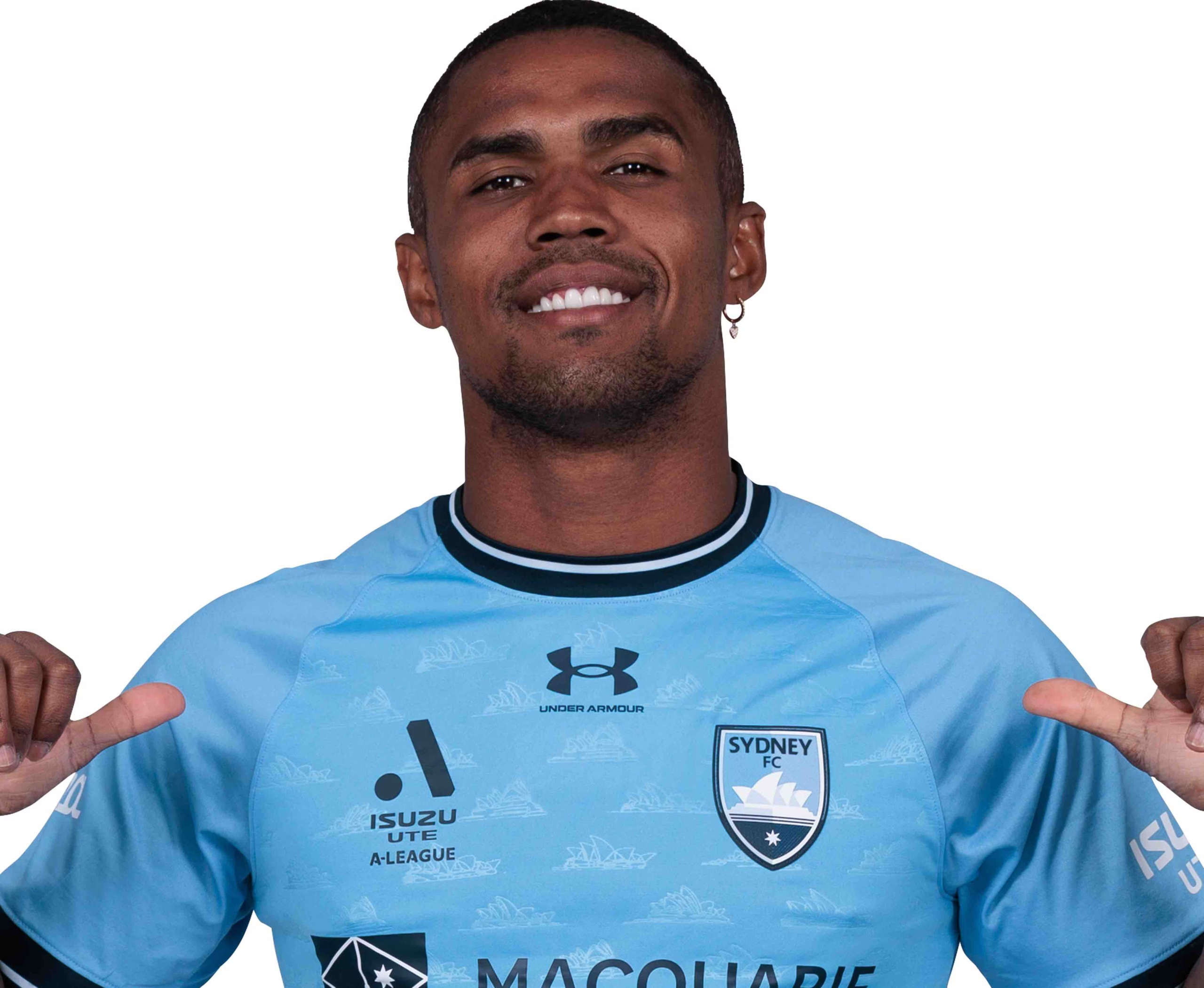Living in a country surrounded by water, most Australians are in a good position to make swimming part of their lifestyle and fitness routine – and even if you don’t live near the coast, you can always hightail it to a pool. But no matter where you do it, swimming is one of the best forms of exercise you can do. It’s a total-body workout that involves the arms, legs, back and lots of muscles we don’t ordinarily use. Meanwhile, it’s also low-impact and easy on the joints, which is why it’s often recommended as part of recovery from injury and as a complement to other forms of training. As an added bonus, doing laps is also a great way to burn fat. Now, we’re going to assume most of you can swim, but if you can’t, take lessons or have a friend teach you. Hey, with summer here, it’s the perfect time to get in the water. If you’re training for upcoming triathlons or ocean swims, or you want to swim purely for fitness, our guide will equip you with the basic tools to ensure your sessions count. Read on for everything you need to know to make the most of your time in the pool, including tips on improving technique, increasing your endurance and using the right gear…
Take your swimming to the next level
Just because you can run a half marathon or do 200 crunches without breaking a sweat, don’t go thinking you can easily do 1km in the pool. “People can be running fit or do sit-ups up the wazoo, but that doesn’t mean they have the fitness for swimming,” says Stephen Badger, head of Badger Swim School at North Sydney Olympic Pool.

But before you start clocking up the kays, get your stroke assessed by a swim coach. “Anyone who can already swim and is getting into a fitness regimen should have their technique checked in the beginning,” says Badger. Just like with golf, “correcting your stroke early on will prevent injuries and bad habits”, he adds, Take your time Resist the temptation to go hell-for-leather from the get-go. “Don’t start out too hard. Build up gradually or your technique won’t hold. Finish with good technique at the end of a session, so you won’t have to reteach yourself next time,” says Badger. How will you know if you’re pushing too hard? “In the first few weeks, you should feel tired, but not exhausted, after a swim,” he says. Get into position Remember choking on water as you tried to make it from one end of the pool to the other as a kid? In the majority of cases, beginners struggle most with their breathing. “If you fix that, it will impact on stroke and body position,” says swim coach Kevin Charles. But if you can hold your own in the water, what’s most likely slowing you down is your body’s position in the water. If your head is too high, it will create resistance and your legs will sink, increasing drag as you swim. According to swim and triathlon coach Troy Fidler, by “pushing your head and chest down into the water, you can improve your streamlining, which helps get those sometimes-troublesome legs closer to the surface. Look at the tiles below your nose – not out in front.”
Lane etiquette
When you’re cruising on the highway, there’s nothing more annoying than getting stuck in the fast lane behind a Sunday driver, or having a Mark Webber wannabe driving up your arse in the slow lane. But for the most part, people drive in the lane that most suits their preferred speed. Pools operate in a similar way – there are designated lanes based on the various speeds, strokes or equipment you can use. So before you dive in, look out for signs posted at either end of the pool to tell you what each lane is catering for: slow, medium, fast, freestyle, breaststroke, backstroke, etc. Here are some other things to keep in mind for the pool:
- Shower before getting in.
- Don’t just jump in. Take a moment to gauge how many people are in your lane, and an appropriate time to enter the water. Even then, don’t dive in. Slip in feet first.
- Keep to the left, pass on the right (depending on the country).
- If you have longer hair, wear a swim cap.
- If you’ll be leaving equipment at the end of the lane between sets, write your name on it to avoid mix-ups.
- Do your fellow swimmers a favour: if you’ve got a band-aid that might not last the distance, remove it before you get in.
- If you’re resting at the end of a lap, move across into the corner of the lane to give other swimmers room to continue swimming laps.
Strokes of genius
Before you start chalking up marathon swim sessions, make sure your technique is sound and you’re not wasting time and energy on an inefficient stroke. “Take stroke correction first – it will stop you using a lot of energy on bad swimming with no technique,” says Kevin Charles, who is also a level-two triathlon coach. “Good technique enables you to swim for extended periods of time and gain greater fitness.” According to coach Troy Fidler, “If you really want to fast-track your improvement, then work on the little things like catch, body roll and head position, and improvement will follow.” Improve your freestyle It’s the most commonly used stroke, but it can be tough to master. A popular drill to improve freestyle technique is to count strokes. “By counting the number of strokes per lap and working on decreasing this each time, you can improve your efficiency in the water,” says Fidler. “It can be done any time during warm-up, technique, main set or cool-down.” “Another effective drill is swimming with a clenched fist for a quarter to half a lap, then opening your hands up for a normal ‘catch’. This will help you grip the water early and get a better feel for what you’re doing.” Improve your breaststroke It’s an easy one to fall back on, but breaststroke is technically the hardest – and the slowest – of the lot. One of the keys to mastering it is to “bring your heels all the way to your buttocks before turning the feet out for the kick”, says Charles. “As the arms recover, make sure your head is face-down, looking at the bottom of the pool.” Fidler has similar advice: “The stroke should follow something along the lines of: pull, breathe, kick, glide. You’ll also need to turn your feet out like a penguin when you kick, otherwise you’ll struggle to be a true breaststroker.”
How: Use a pacing system of Easy, Moderate and Hard. Easy is gently loping along, breathing every 3 strokes. Medium is a bit harder, breathing every 3 stokes still but pushing a bit. Hard is breathing every 1 or 2 strokes. Rest as needed but finish the whole thing.
FREESTYLE SWIMMING WORKOUT
- 100m . Warm up, easy.
- 100 m Squeeze a pull buoy between upper thighs and swim only with upper body. Don’t Kick.
- 2 x 50m. Moderate/hard in 40 to 50 seconds.
- 1 x 100m Moderate
- 2 x 50m. Moderate/hard
- 1 x 50m. Easy
- 2 x 100m. Moderate/hard in 2 to 2:15 minutes. For the first 25 metres, breathe every 3 strokes; second 25, breathe every 5; third 25, breathe every 7; fourth 25, breathe every 9. Repeat sequence.
- 1 x 50 m. Easy
- 2 x 50 m. Sprints with fins.
- 4 x 25 m. Cool down. Use a kick board. Do first 25m slow, next medium, then fast and very fast.
- 100m. Easy (Count arm strokes every 25metres, trying to reduce stroke count with each lap.
You just swam: 1.1km




